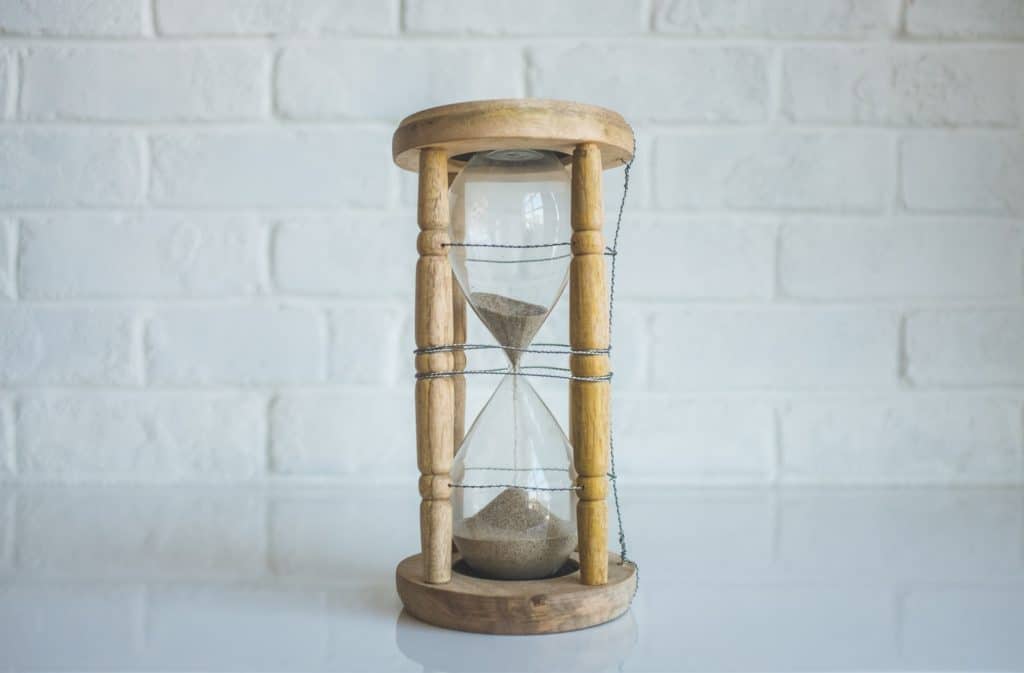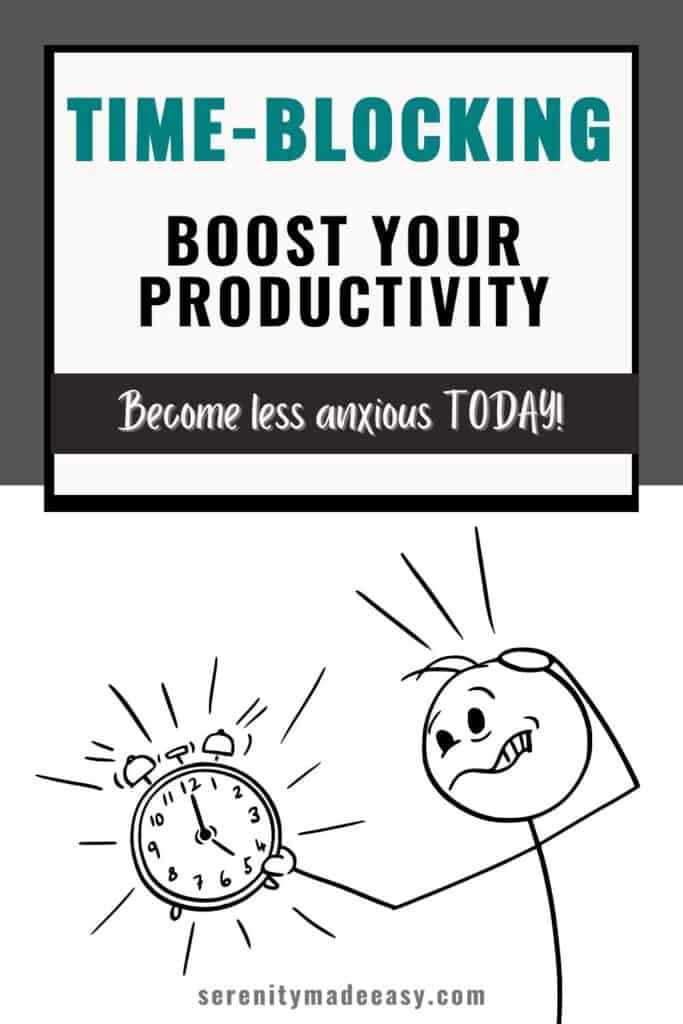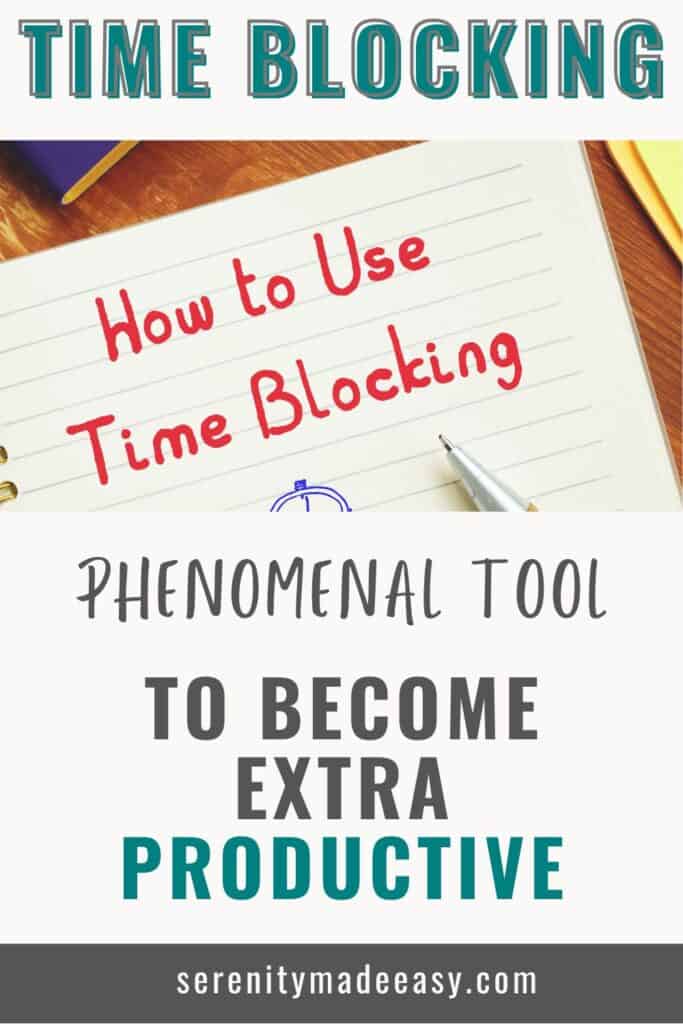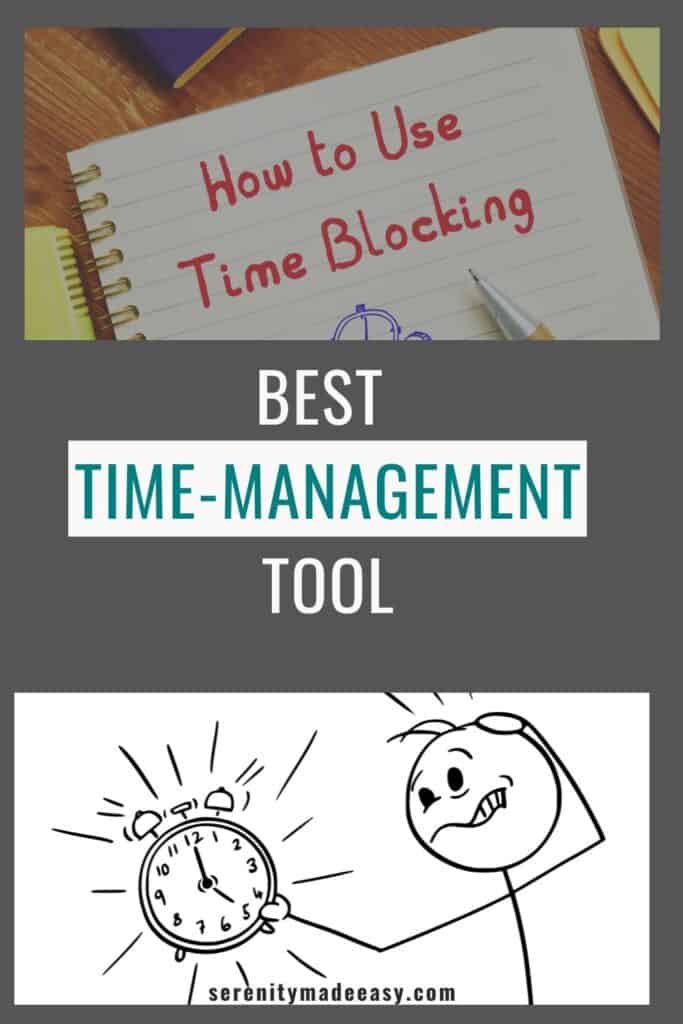This post may contain affiliate links. If you click one and make a purchase, I earn a small commission at no extra cost to you. It helps support the site so I can continue to offer great content to you!

In today’s world, many of us would agree that managing our busy schedules is one of the most challenging aspects of our lives. We try to balance work, chores, appointments, family, friends, and more. In reality, it is possible to be more successful at achieving it all. One way to do so is by using the time-blocking method. This article is all about learning what this technique is and how to implement it to increase your productivity.
What is the time-blocking method?
The time-blocking method is a time management technique that consists in breaking down all parts of your day into blocks. You then assign each block with something that you are committing to accomplish during that time. Time-blocking has been used by many successful business people such as Bill Gates and Elon Musk. However, I believe that time-blocking can and should be used by everyone who want to have more structure, and more importantly more success at completing their never-ending to-do list.

The technique drastically increases your chances of succeeding at achieving all of your to-dos. It works because you are not simply listing out all that you have to do, you are also planning when you will get it done.
What are the benefits?
- Assess your priority. To implement time-blocking, you need to create a list of all of your to-dos and prioritize each of them. By doing so, you will ensure that you are working on the right things that are most impactful.
- Allows you to focus. How many times are you thinking of the next thing you need to do while working on something? I bet quite often. Just like you likely have heard the advice to write down thoughts you cannot let go of in the middle of the night, creating your plan for success will allow you to calm your mind and focus on the task at hand.
- Increase productivity. When using start-blocking, you become very aware of where and how you spend your time. You will learn the way to success by identifying the most critical task and setting a plan to complete them to reach your goals.
- Ensure you use your time intentionally. When you realize how little time you actually have, you will want to make sure you are spending it wisely. This means spending your time on the most critical tasks while allowing you to make room for yourself and self-care.
- Reduce your stress level. Once you have a plan, you gain confidence in your ability to succeed. You learn to trust yourself and focus your energy on achieving your plan rather than constantly adjusting and reinventing it.

How to use the time-blocking method?
Before starting, you will need to select the kind of calendar you want to use. Some prefer a paper calendar, while others prefer an electronic one such as the Google calendar. Both methods have pros and cons, and you need to pick what will work best for you. It’s also okay to start one way and later change your mind. I have been using the Commit daily planner for 3 years and I love it.

- Create a list of all your standard and recurring chores and responsibilities such as cleaning, grocery shopping, and taking your kids to school or activities. Make sure to also include self-care activities such as going to the gym.
- Next, estimate the time it takes you to complete each of those and rank them in priority order. This is the hardest part for me. They are all important. However, if something completely unexpected yet derailing takes place, what you will you chose not to complete?
- Open your planner and start inserting blocks for what is fixed and cannot move such as work time, workout classes, children drop-off, etc. Make sure to include sleep time. It is a required activity we all must do. If you go to bed at 11 and get up at 6, make sure to indicate this on your calendar. You will likely start to visually notice where you are busy versus where you have open time.
- Before filling your calendar with all of your other chores and activities, reflect on your lifestyle and yourself. When do you have the most energy? Are there certain activities that you prefer to complete when you are alone? This step is important because it might dictate where some of your chores and activities will need to go in your calendar.
- Create a list of all unique activities you have for the upcoming week such as Dr. appointments, dinner with friends, or a music concert. These are all likely priority 1 based on the nature of these activities. Insert those into your calendar.
- Next, add the chores and activities from step 1 where you have an open time block. Remember to start with the top priorities and to be mindful of your prior reflection. If you are someone with low energy in the evening, it might be better to insert “deep bathroom cleaning” during an open morning slot and keep “filling our school forms” for after dinner.
- If you could not fit all of your chores and activities into your calendar, it is a good realization that you commit or accept more than you can handle. You can move those to next week but if you commit to as much next week, you will likely be in the same boat. In this case, and if you feel that nothing can be removed, I’d recommend looking for help. Perhaps you can ask another parent to drive your child home after practice or maybe you order groceries online and get them delivered instead of going yourself.
- Each night, review what is to come tomorrow and make sure nothing came up that is impacting your ability to achieve your plan.
- Be flexible and don’t be too hard on your plan. Each week, you will likely need to make adjustments as the week goes on. It could be due to things outside of your control or because you underestimated how long something would take. Be kind to yourself and don’t worry about changing things up.
- Repeat this process each week. 1. Add fixed/non-flexible activities. 2. Add weekly commitments/activities. 3. Add standard/recurring chores.

Tips and tricks
- If using a paper planner, use a pencil if you don’t like to cross things off or have it look messy
- Consider color-coding activities (self-care in pink, appointments in green, and house chores in red for example)
- When inserting your activities make sure to consider driving time.
In conclusion..
Having a better grip on how to manage your time can have a direct impact on your stress level and life satisfaction. I hope you will consider giving the time-blocking method a try to see for yourself.
Let me know if you have questions or suggestions and thank you for reading.
Cat xx


